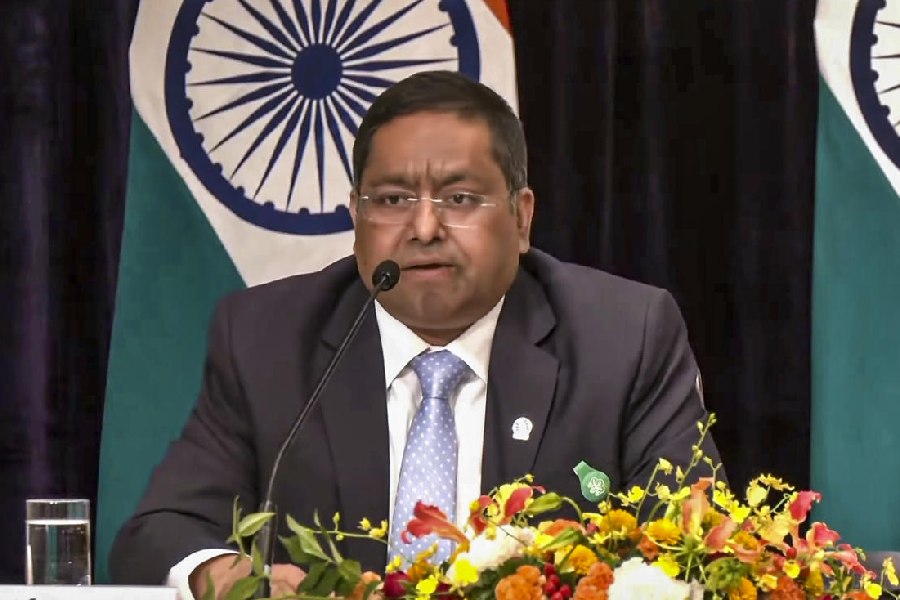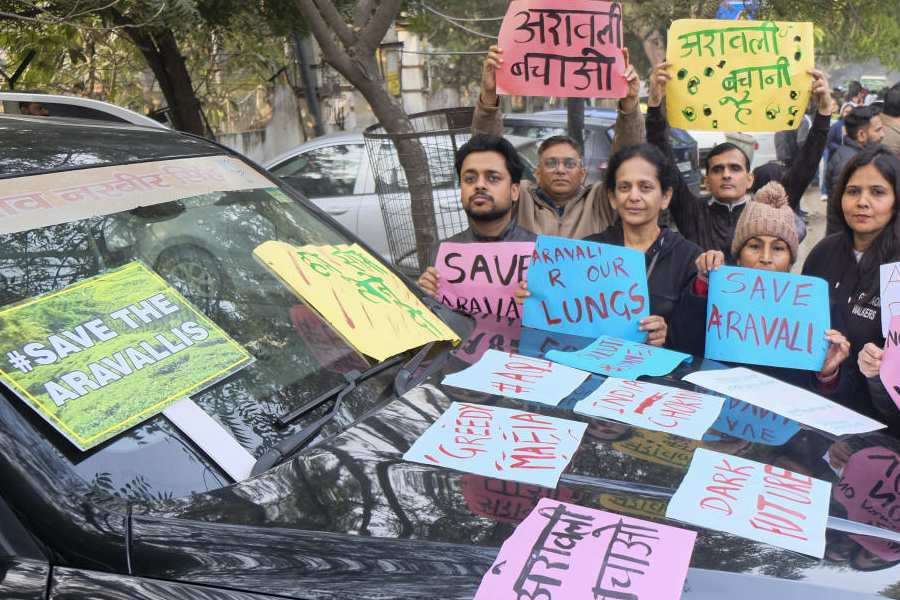 |
Rashmi Sharma, 27, is an ideal buyer for marketing companies to target. She works for a big information technology (IT) company, draws a six-figure salary, lives alone in Mumbai and makes her own buying decisions. But ? here’s the catch ? Sharma is hard to get. She hangs up the moment she hears the voice on the other end explaining the benefits of a new credit card. And she hardly watches television.
But marketers are sure to reach Sharma at one place ? the Internet. “The days of targeting groups of potential customers based on their socio-economic class are over. You can’t club customers anymore. One-to-one marketing is here to stay and the online medium is the best way to do that,” declares Sanjay Trehan, head, broadband, at Indiatimes.com, The Times of India group’s Internet arm.
Online advertising has arrived. Consider:
Online ad revenues doubled from Rs 34 crore in 2003 to Rs 70 crore in 2004 and Rs 162 crore today. The figure is expected to jump to Rs 220 crore by 2007.
 |
Websites report more new companies buying ad space online. Yahoo, for instance, has seen the number of advertisers double since 2004 and is adding 3-4 new advertisers every week. What is more, the new business is coming from companies that did not advertise online before ? fast moving consumer goods majors such as Marico, liquor company Seagram and car maker Ford.
A number of “specialist interactive agencies” (like any advertising agency, these create ads and buy media space for clients, but online) have mushroomed in the past two or three years. In 2000, you wouldn’t have found more than a couple of them. If you ask around today, you’ll hear of Mediaturf, M1, Webchutney, bridgeovertroubledwaters and so on, that focus on making ads and selling online space for companies. Says Siddharth Rao, chief executive officer, Webchutney: “Five years back, we had to approach advertisers and wait at their reception for at least three hours. Today, the wait has reduced to 30 minutes on the outer side. For us, that’s the biggest indicator of change.” The turnover of Webchutney.com, once a struggling entrepreneurial venture in the late 1990s, has grown to Rs 10 crore, with about 60 per cent of its revenues coming from its online advertising business.
Even mainstream ad and media agencies (which traditionally deal in advertising and selling space, respectively, for the print and television media) now have full-fledged online advertising divisions. “All media agencies are suddenly bullish on the medium now,” says Shantanu Sirohi, head, strategy and planning, Mediaturf, a specialist Internet advertising agency.
Why are marketers and advertisers spending more online? “The medium has matured now. Also, agencies and marketers now understand this medium better,” says Arun Gupta, chief executive officer, Mauj.com. Secondly, the number of big online companies such as MSN, Yahoo, Indiatimes and Rediff has remained somewhat stable in the past two years after the shake-out of 2000-2001. “A stable market is a seller’s market,” says Gupta.
 |
Thirdly, the ballooning number of Internet users is fuelling marketers’ interest in the medium. In 2005, the number grew to 38 million and is expected to grow to 100 million by 2008.
A huge attraction for marketers is the demographics of the online user segment. “The online medium is skewed towards people who have the maximum purchasing power. No advertiser can afford to ignore it,” says Mediaturf’s Sirohi.
Close to 50 per cent of online users are young adults (22 to 30 years) ? and 60-70 per cent of brand decisions are taken by young adults in this age group. Says a marketing professional at Marico: “The Internet is the best bet if you have to address younger consumers. It is also a very cost effective way of reaching the kind of audience you want.”
Then, since portals ask users for basic details when registering, it’s easier for them to profile users. So marketers can send mailers only to users who fit their target audience profile. For instance, if a website gets the maximum page views from women between 30 and 40 on week days, a cosmetics company that sells products for the older female consumer can book space for its ads on that website only on week days. “The slice and dice helps you literally target your audience,” says Anurag Batra, chief executive officer, exchange-4media.com. That explains why Hindustan Lever Limited (HLL) the biggest spender on television advertising, has been launching online campaigns for brands like Sunsilk and Dove.
 |
Look too at an Internet and Mobile Association of India study of media consumers ? people who watch television, read newspapers, listen to the radio and surf the Internet regularly. According to the survey, a sizeable chunk of consumers surf the Internet more than they watch television.
While market research agencies have developed tools to measure the impact of a television campaign, it’s not easy to track customer response on a large scale. “The virtue of the online medium is in tracking the effectiveness and response of ads placed online,” says Jasmeet Singh, vice-president, product marketing, Rediff India. That’s because it is easy to measure the number of clicks that an ad receives and the actual time spent on the page. The measurability factor is a trump card that advertisers are using to the hilt. Rediff, for instance, has a Pay4Clicks programme where advertisers get to list their ads free and only have to pay for the clicks the ads receive. The cost per click varies from Rs 10 to Rs 15. The ads are also rotated across various properties on the website. Such initiatives are luring newer advertisers.
While Internet advertising’s future in India seems bright, it is still far from touching the 40 per cent share of the total advertising pie that it enjoys in the US. And as long as the Internet remains somewhat restricted to an English speaking audience, it will remain a niche medium for marketers. But as the world gets wired up, it may well be a market like no other.










